Dryer won't drain
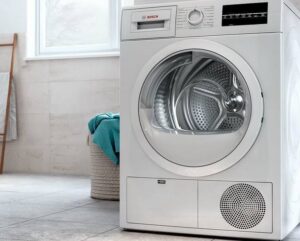 Even the highest quality equipment is not insured against breakdowns, even if the user did not make any serious mistakes during operation. A very common situation is when the dryer does not drain the water, but leaves all the condensation in the drum. If this happens to your “home assistant,” then drying will be impossible, so you will have to urgently correct the problem. We will study in detail the most likely causes of the malfunction and how to eliminate them.
Even the highest quality equipment is not insured against breakdowns, even if the user did not make any serious mistakes during operation. A very common situation is when the dryer does not drain the water, but leaves all the condensation in the drum. If this happens to your “home assistant,” then drying will be impossible, so you will have to urgently correct the problem. We will study in detail the most likely causes of the malfunction and how to eliminate them.
The main culprit is clog.
Most often, the dryer does not drain water into the tank due to a simple blockage in the system. Lumps of lint, as well as other contaminants, are a problem that almost every owner of an automatic dryer faces. This problem can be easily dealt with by periodic preventative cleaning. But if you forget about prevention, quite certain troubles can happen with the dryer parts.
- Drain filter. Basically, the blockage occurs precisely in this element, designed to purify the water before the liquid penetrates the drain pump. The element is conveniently placed so that the owner of the household appliance can clean the element with his own hands. The filter is located behind the hatch in the lower right or left corner of the front panel of the dryer. It should be cleaned with a powerful stream of hot tap water and a stiff brush, or with a citric acid solution.
Preventive cleaning of the drain filter must be carried out at least once every 2-4 months.
- Sewerage. Typically, dryers are connected to the sewer using a sink siphon, which often forms a blockage.To check the unit, you will have to disconnect the drain hose from the siphon and place it either in the bathtub or toilet, and then activate the drain of the dryer. If the liquid drains from the equipment without problems, then the blockage should be looked for in the siphon or sewer system. You will most likely have to call a plumbing service to clear the clog.
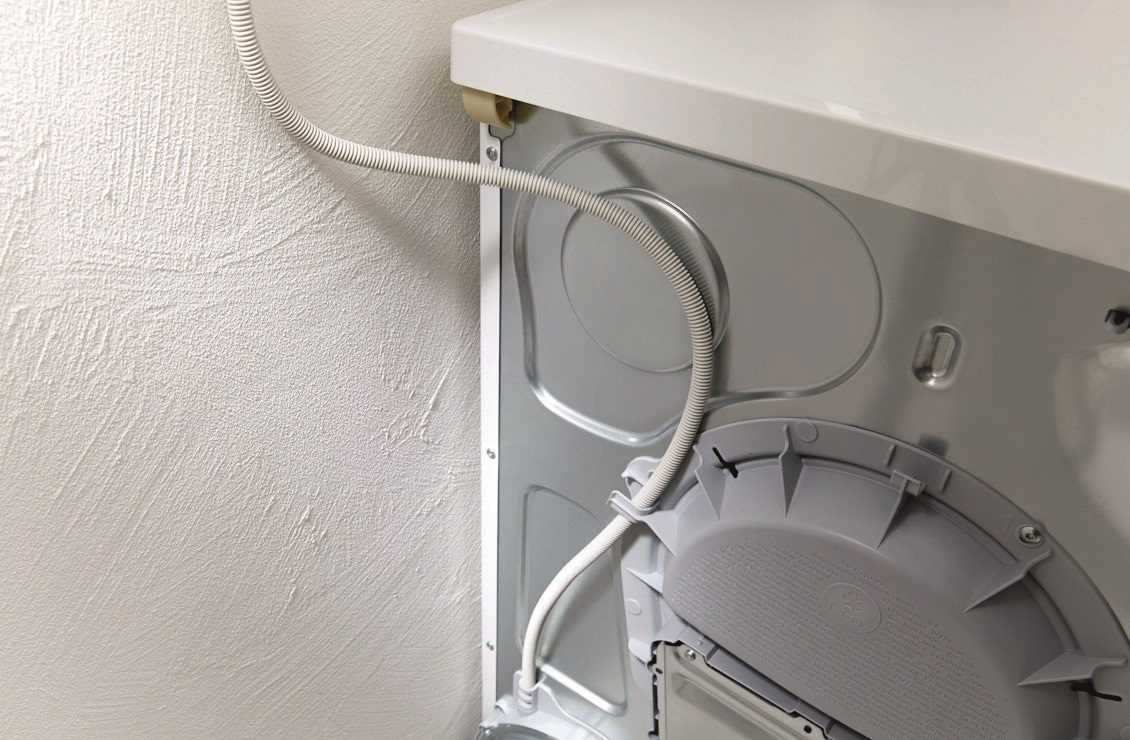
- Drain hose. It is also possible that the drain hose is clogged, which will require you to partially disassemble the “home assistant,” which you should do yourself only in a situation where the warranty on the equipment has already expired. If the warranty period has not yet expired, then you need to call a service center specialist who will disconnect the hose from the sewer, get to the drain pump to which the second end of the drain hose is attached, remove it, and then clean it using cables, soft brushes and a stream of water. If you have a budget dryer model, then the pump can be found at the bottom of the unit, for which you can simply tilt it on its side, otherwise you will have to disassemble the front or rear panel of the dryer.
- Drain pump. To some extent, the volute into which the drain filter is installed can be called part of the drain pump. To clean it, you need to remove the drain filter and carefully examine the pump impeller, which is often blocked by hair, threads and other unpleasant contaminants. Carefully remove all debris with tweezers so as not to accidentally damage the fragile part. If this does not help, then most likely you will have to call a repair service technician to disassemble and clean the pump.
- Drain pipe. Finally, the pipe could be clogged, to access which it is necessary to lay the household appliance on its side and partially disassemble it.The disassembly process consists of loosening the fixing clamps and disconnecting the pipe either from the drain pump side or from the tank side. After all the manipulations, you need to reach into it with your hand and remove all foreign objects and dirt.
Thus, five key components of the dryer at once can suffer due to an ordinary blockage that they simply forgot or were too lazy to deal with. This is why it is so important to perform regular preventative cleaning.
Let's check the pump
It is not always the case that there is no drain due to a blockage, because very often the problem appears due to damage to the pump. In this case, the dryer either cannot pump out the condensate or does so at an extremely low speed. The drain pump may continue to make heavy noises as if nothing is wrong, so it is important to reliably check the unit by reaching through the bottom of the dryer.
- Unplug the equipment and place it on the back wall.
Be sure to place unnecessary towels or something else soft under the “home assistant” so as not to accidentally damage the floors and household appliances.
- Unscrew all fasteners securing the pump in its seat.
- Disconnect the chip with wires, not forgetting to first take a photo of the correct wiring connection.
- After removing the screws, turn the pump body counterclockwise to remove it.
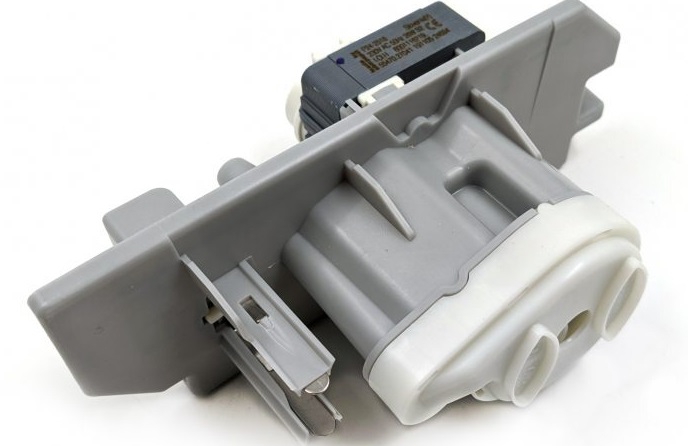
- Carefully examine the impeller for damage.
- If everything is in order with the impeller, then you need to check the coil with an ordinary multimeter set to ohmmeter mode. Normal dryer pump winding resistance is between 150 and 250 ohms. If the indicators are normal, then the pump winding does not need to be replaced.
- To check, disconnect the power wires from the pump in order to connect the tester probes to the terminals. A slight deviation from the norm is acceptable within plus/minus 10 ohms. If the display shows zero or one, then this is a sign of a short circuit in the circuit, and if an infinite number, then a signal about damage to the stator winding. Both situations can only be corrected by completely replacing the drain pump, since it is impossible to restore the damaged element.
A similar test will help check the integrity of the pump winding, but sometimes the problem is not in it, but in the impeller, which begins to jam due to wear on the bushings. If this is the problem, then the user will not be able to detect it by simply unwinding the impeller with his finger. Another way to check this is to connect the pump directly to the outlet, eliminating the dryer's electrical circuit from the equation.
- Take a power cord, at one end of which there is a plug, and at the other end two wires with terminals are prepared.
- Connect the wire terminals to the drain pump.
- Insert the plug into a 220 Volt outlet.
Under normal conditions, the pump impeller should rotate freely. If the element only clicks and does not start moving, then the pump needs to be changed, since most likely the rotor body touches the stator, which is why the blades cannot start moving.
Interesting:
Reader comments
- Share your opinion - leave a comment
Categories
Washing machine repair


For buyers

For users

Dishwasher


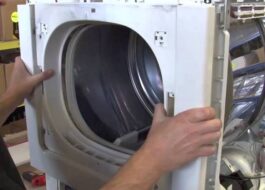
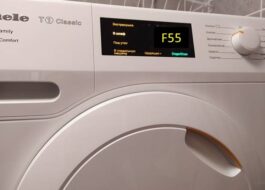
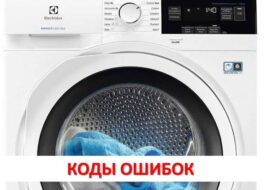
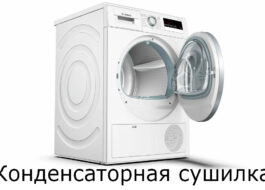











Add a comment